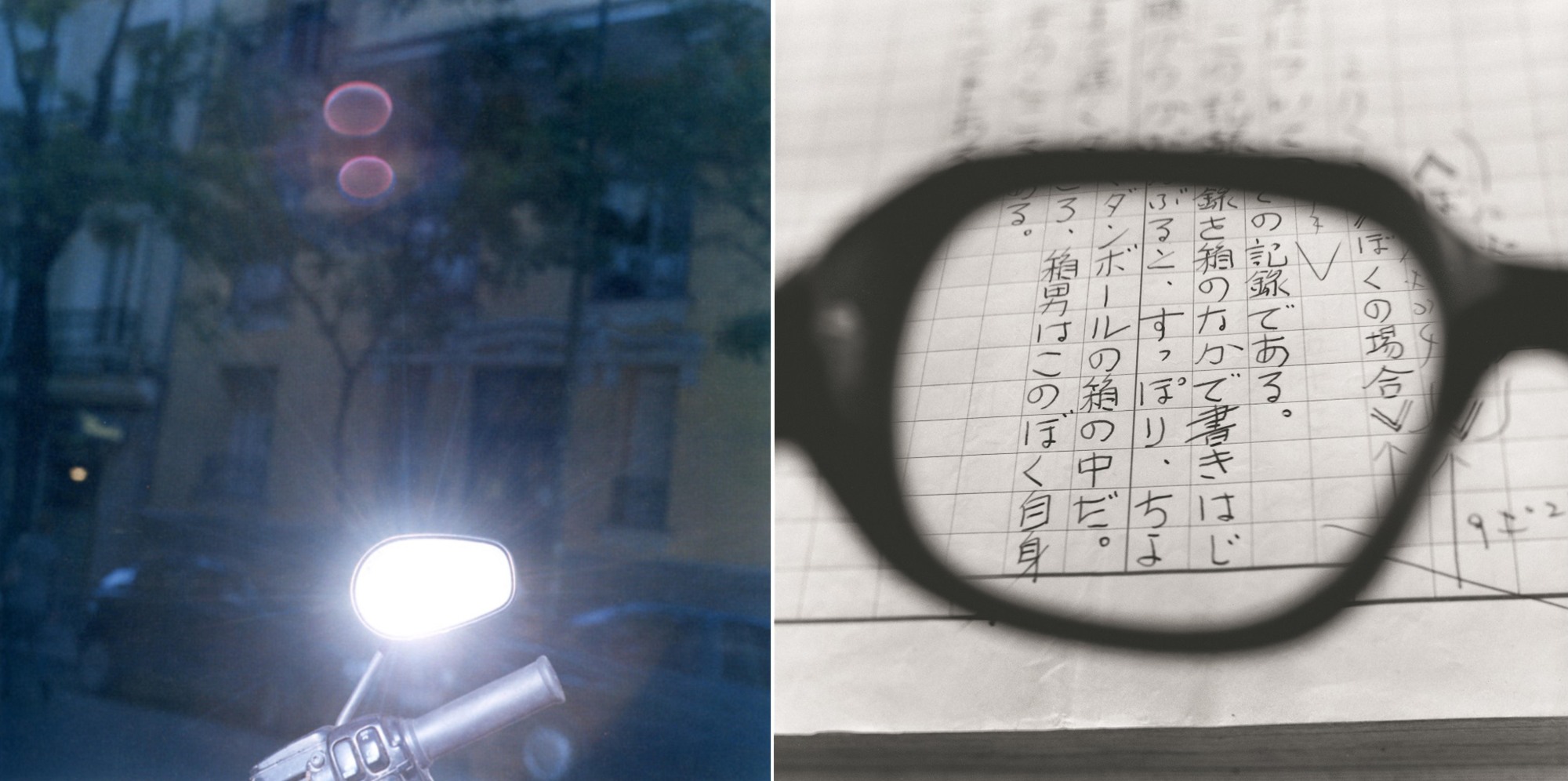The Tokyo Photographic Art Museum exhibition "The Time of Photography" starts with kitsch late 19th-century Yokohama shashin — hand-colored photos of Japanese scenes for sale to foreigners — and ends with the evanescence of Rinko Kawauchi's photography of everyday life made poetic through the artist's particular use of light and color.
A late 1860s image by Felice Beato (1832-1909) shows three women sitting around a hibachi stove, on which are an iron kettle and porcelain teapot. Behind them is a painted backdrop of a mountain landscape. By contrast, a photo in the last room of the show, typical of Kawauchi's style, has light glinting off the metal treads of steps leading up and out of the frame. School girls walk up the steps into the sunlight. Another photo shows raindrops falling on a daisy like rays of light.
In between these bookends of pathos — the 19th-century staged tourist photos lamenting the passing of a bygone age, and the 21st-century paean to holding on to moments of life — curator Masuda Kotoha has explored different aspects of time and photography. Three sections — time as a practical aspect of producing a photograph, time as subject matter and finally the duration of the viewer's gaze — have been used to show off iconic landmarks in photographic history alongside some of the foremost examples of contemporary photographic art.


















With your current subscription plan you can comment on stories. However, before writing your first comment, please create a display name in the Profile section of your subscriber account page.